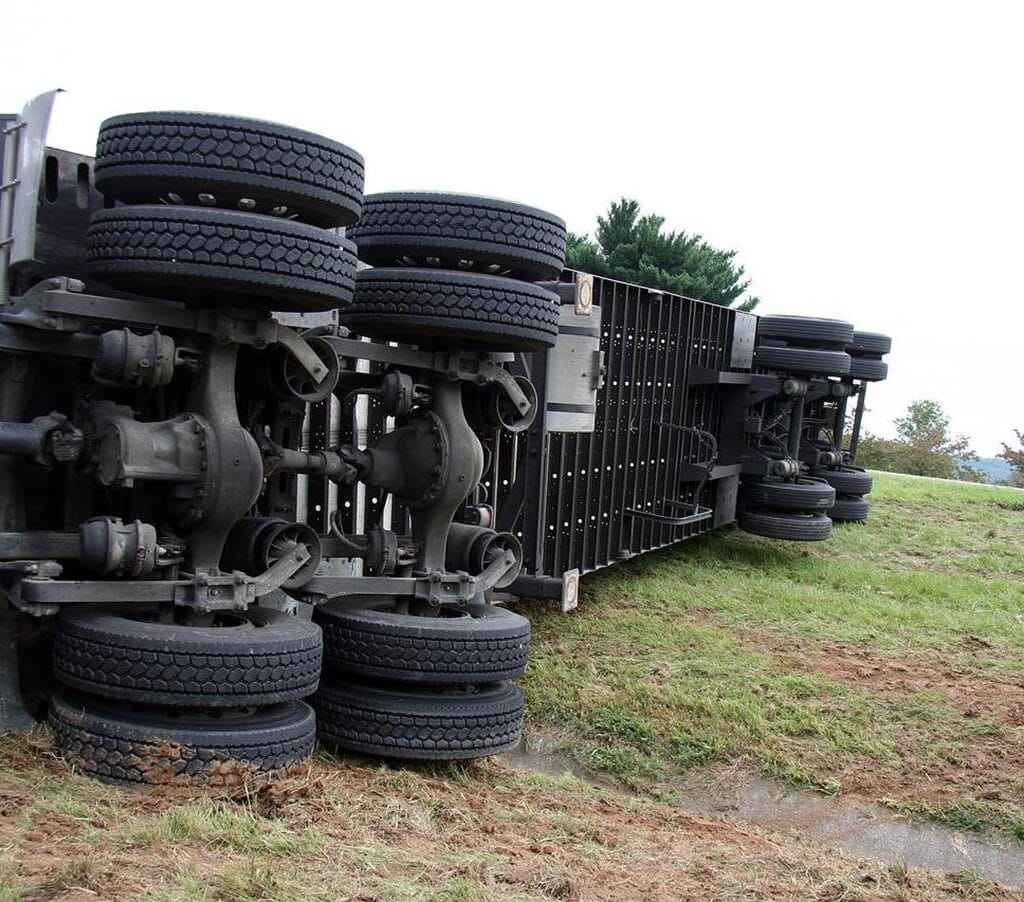One thing that we talk a lot about at Smart Data Collective is how data can be used to reduce risks on the road. It is hard to ignore the growing role of data in accident prevention, especially in the trucking industry.
There are more than 43,000 motor vehicle deaths reported by the Department of Transportation in 2021. You can’t fix a problem of that scale without better tools, and data analytics offers a clearer view of what’s really happening on the roads. Keep reading to learn more.
Using Crash History to Predict Risk
An expert from the NYC Data Science Academy worked with a dataset of 7.7 million crashes to build a predictive model. You can use these kinds of models to anticipate accident hotspots, evaluate driver behavior, and improve route planning. There are real benefits for companies that want to reduce liability and keep drivers safer.
Claims Processing and Insurance Insights
There are thousands of truck crashes each year that lead to legal and insurance complications. You need fast, accurate data to process these claims fairly and respond to fraud risks. Innowise reports that 86% of insurance firms now rely on analytics to interpret large volumes of claim information.
Real-Time Monitoring on the Road
It is becoming more common for trucks to be outfitted with sensors that track speed, braking, and driver fatigue. You can stream this information in real time to detect risky behavior before it leads to an accident. There are alerts for sudden lane changes or excessive idling that help fleet managers respond quickly.
Looking Ahead with Better Tools
There are more trucking companies adopting these tools as part of their daily operations. You don’t have to wait for a crash to understand the conditions that lead to one. It is possible to learn from past data and prevent future losses when you know what to look for. Some systems are now being paired with weather and traffic feeds to improve accuracy.
Some 161k people were injured in large truck accidents in 2022. Determining liability can be a complex process. Eyewitness accounts can be conflicting or unreliable, and physical evidence at the scene may not tell the whole story. In this landscape, Global Positioning System (GPS) and telematics data from commercial trucks have become invaluable tools, acting as objective “silent witnesses” that provide crucial insights into the moments leading up to a crash.

What is GPS and Telematics Data?
Most modern commercial trucks are equipped with sophisticated systems that track and record a wealth of information:
- GPS (Global Positioning System): Primarily tracks the truck’s location, route, and speed over time. This data can pinpoint exactly where a truck was at any given moment.
- Telematics: A broader technology that combines GPS with onboard diagnostics and telecommunications. Telematics systems, often integrated with the truck’s Engine Control Module (ECM) or “black box,” and Electronic Logging Devices (ELDs), capture a wider range of data. This can include real-time speed, steering inputs, and seatbelt usage.
Establishing Fault and Liability in a Truck Accident Case
When building a truck accident case with strong evidence, skilled trucking accident attorneys rely heavily on digital information such as GPS and telematics data to prove liability. This data is indispensable in demonstrating fault through:
- Speeding: GPS and telematics data provide an objective record of the truck’s speed, easily proving if the driver was exceeding posted limits or driving too fast for conditions. Speeding is a factor in 32% of truck accidents.
- Location and Route: GPS confirms the truck’s location at the time of the accident and whether the driver was on their designated route.
- Driver Actions: Data on braking, acceleration, and steering can reconstruct the driver’s actions (or lack thereof) immediately before impact. It can show if evasive maneuvers were attempted or if braking was applied too late or too harshly.
- Hours of Service Violations: ELDs, which use telematics, automatically log driving time and rest breaks. This data is crucial for identifying driver fatigue, a common factor in truck accidents. If a driver violated federal HOS regulations, it constitutes strong evidence of negligence.
- Distracted Driving: While not always directly recorded, GPS and telematics data can sometimes be correlated with cell phone records to show if a driver was potentially distracted by calls or texts at the time of the crash. Some systems can even detect phone usage. This is important because 71% of truck accidents are linked to distracted driving.
Corroborating or Contradicting Testimony
In truck accident litigation, determining what truly happened often involves a truck accident lawyer sifting through differing accounts from drivers and witnesses. This data provides objective, factual information that can either support or refute these testimonies. This “hard data” removes much of the uncertainty inherent in subjective recollections, helping investigators, attorneys, and courts understand the precise sequence of events.
Accessing and Utilizing the Data
While incredibly valuable, accessing and interpreting this data requires prompt action and expertise. Trucking companies own the data, and it may only be retained for a limited time before being overwritten. Legal counsel experienced in truck accident litigation understands the importance of sending preservation letters immediately after an accident to ensure this critical evidence is not lost. Experts may be needed to download, analyze, and present the data effectively in a claim or lawsuit.
GPS and telematics data have revolutionized truck accident investigations and litigation, and this digital evidence is a cornerstone in the pursuit of justice following serious truck accidents.